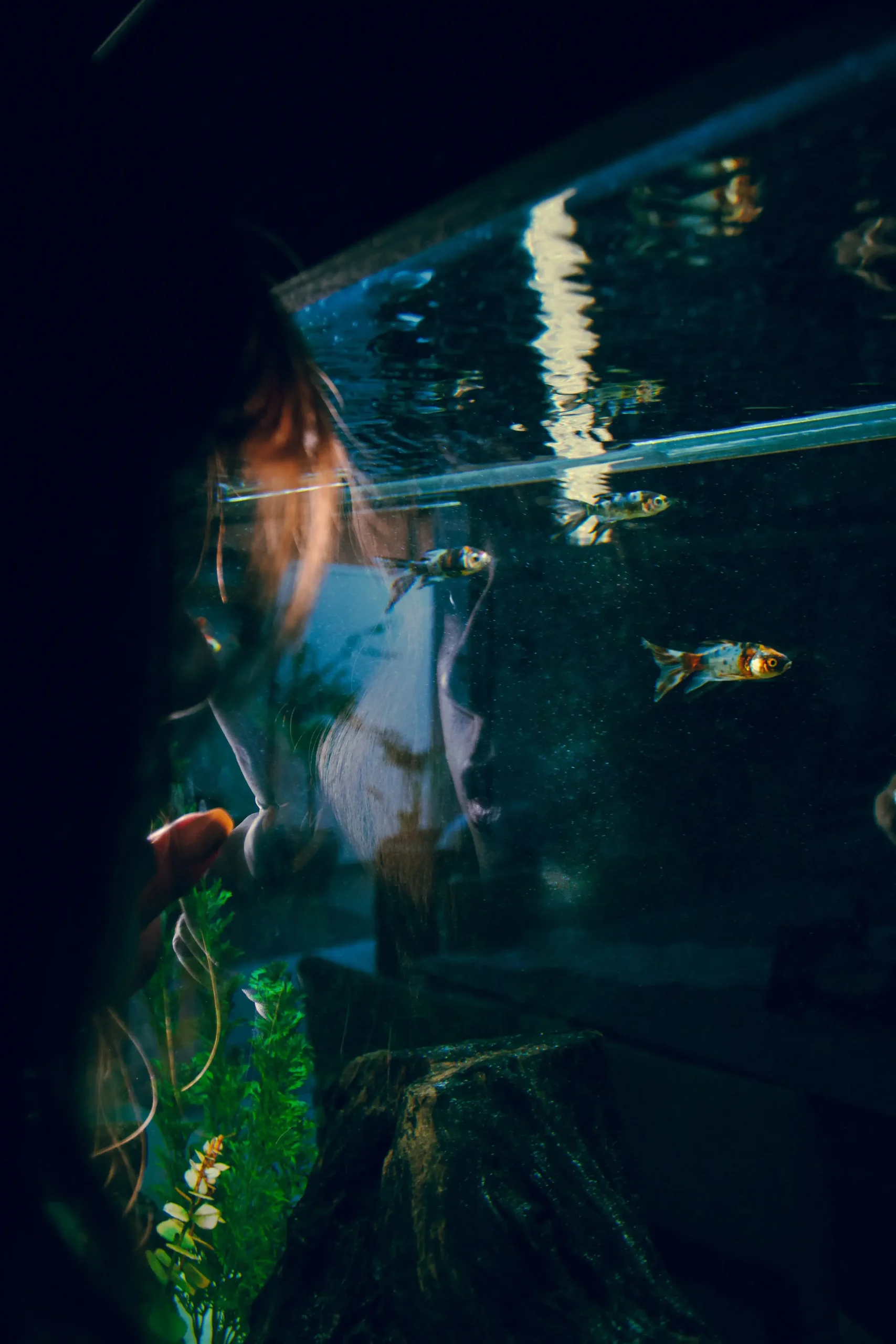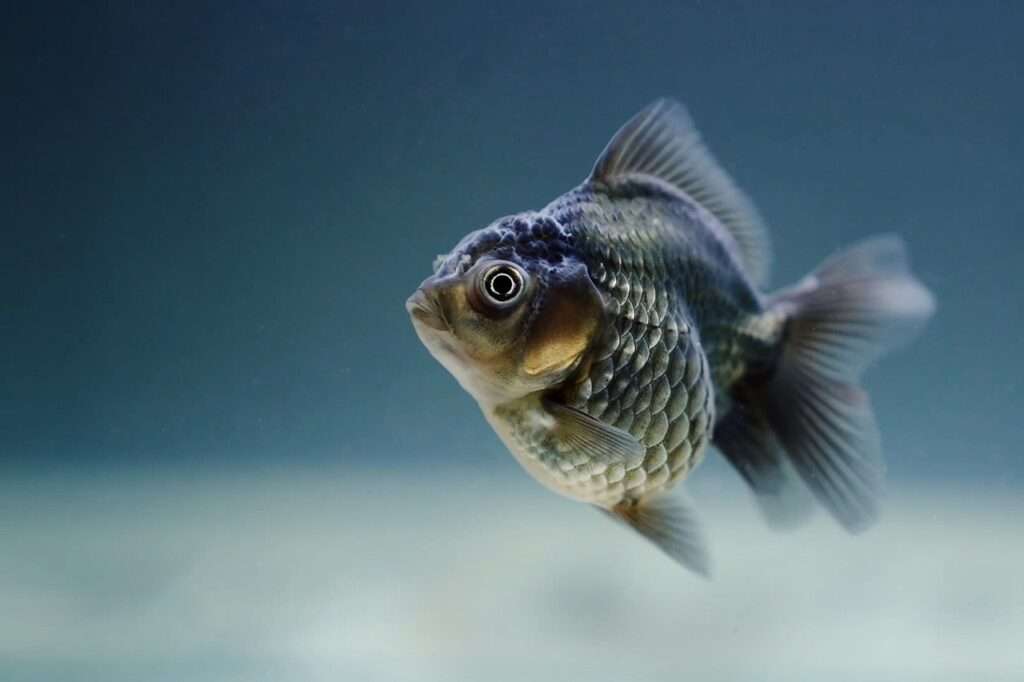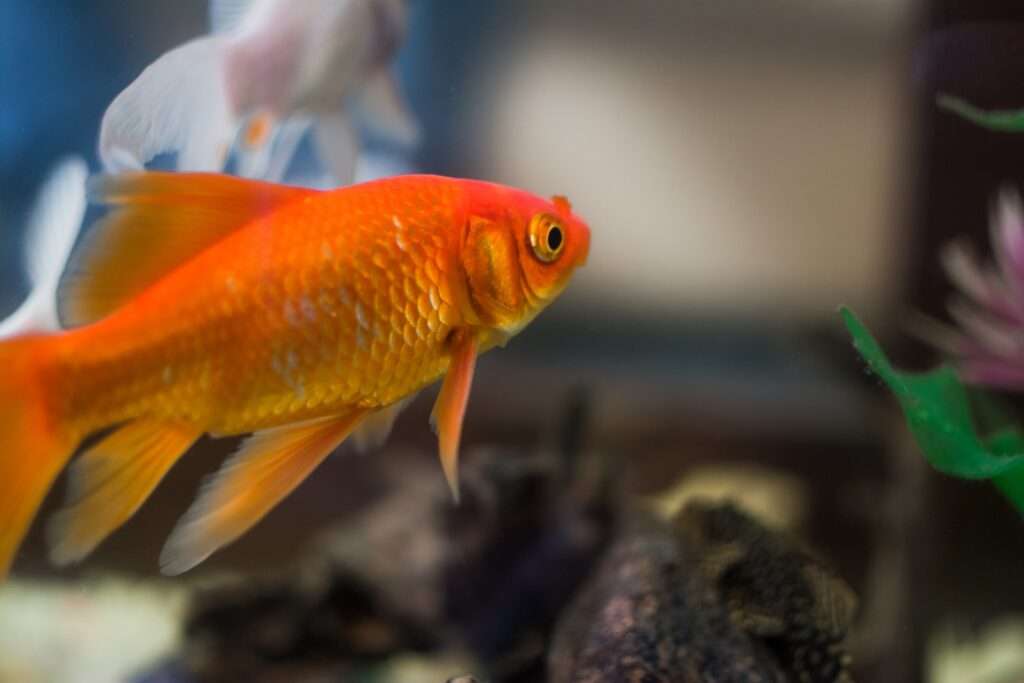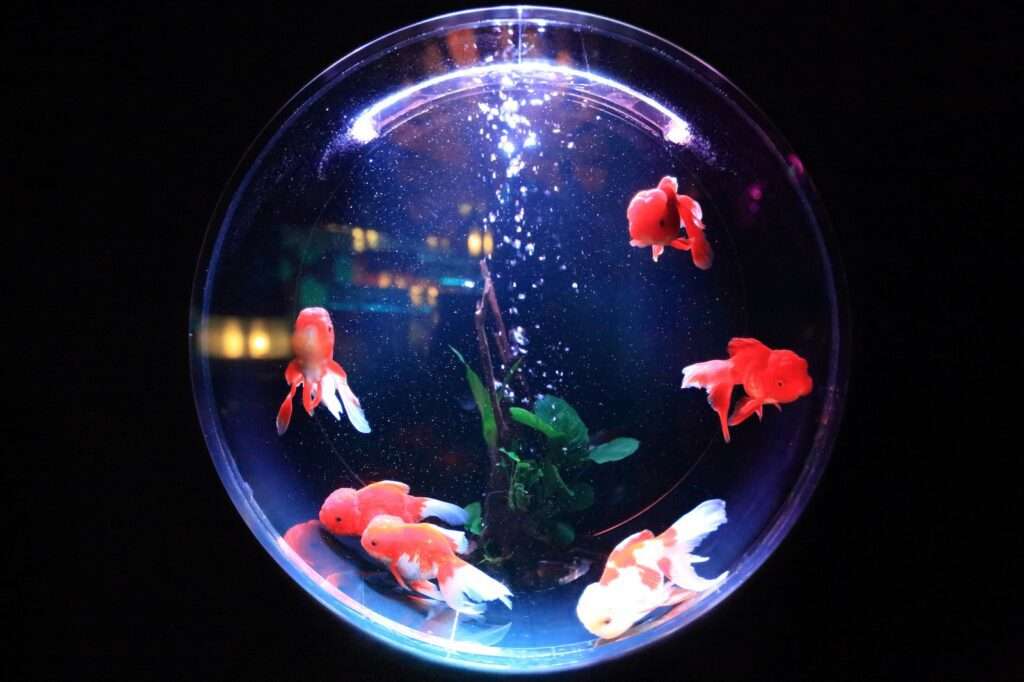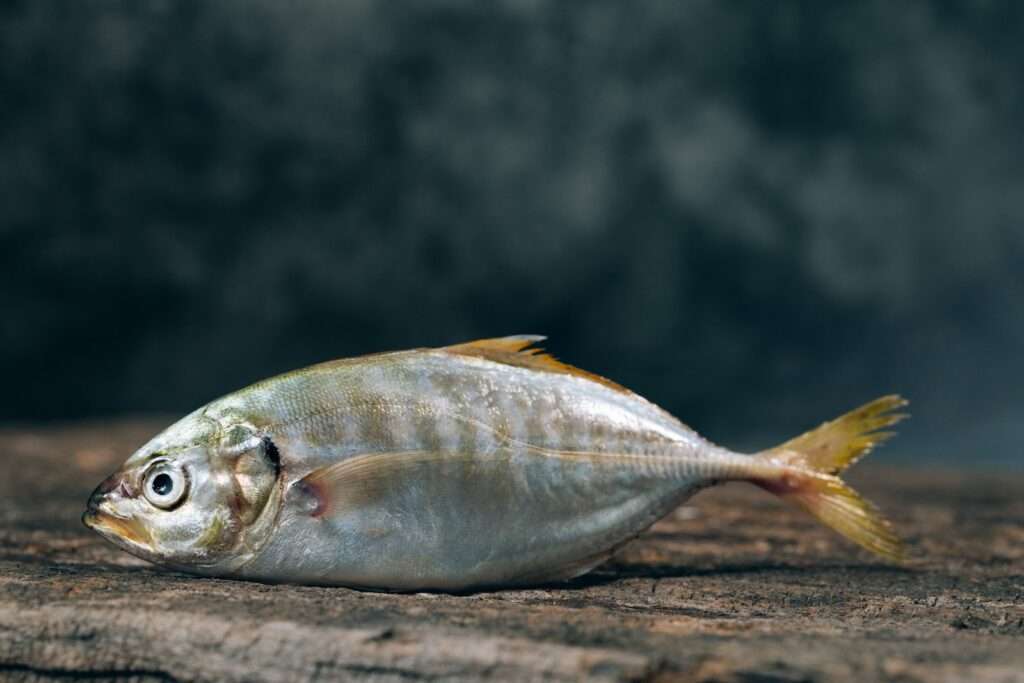Creating a Stress-Free Environment for Fish: Effective Stress Reduction Techniques
Introduction:
Fish, like any other living creature, can experience stress. Factors such as water quality, tank size, incompatible tank mates, and sudden changes in the environment can lead to stress in fish. As responsible fish keepers, it is crucial to understand fish behavior and implement stress reduction techniques to ensure their well-being. In this article, we will explore effective ways to create a stress-free environment for your aquatic pets.
I. Understanding Fish Behavior and Stress Triggers
A. Recognizing signs of fish stress
Fish exhibit various signs of stress, including decreased appetite, excessive hiding, rapid breathing, unusual swimming patterns, and color changes.
B. Identifying common stress triggers
Common stress triggers include poor water quality, overcrowding, aggressive tank mates, sudden changes in water temperature or pH, and inadequate hiding spots.
C. The impact of stress on fish health and behavior
Stress can weaken the immune system of fish, making them more susceptible to diseases. It can also lead to behavioral issues such as aggression, reduced breeding activity, and decreased lifespan.
II. Optimizing Water Quality for a Stress-Free Environment
A. Maintaining proper water parameters
Regularly test and adjust water parameters such as temperature, pH, ammonia, nitrite, and nitrate levels to ensure they remain within the appropriate range for your fish species.
B. Regular water testing and monitoring
Perform regular water tests using reliable testing kits to identify any potential issues before they become problematic. Monitor the water quality closely to prevent stress-related problems.
C. Performing routine water changes
Regular water changes help remove accumulated toxins, replenish essential minerals, and maintain optimal water conditions. Aim for weekly water changes of approximately 20-30% of the total tank volume.
III. Providing Adequate Tank Space and Hiding Spots
A. Choosing the right tank size for your fish species
Research the specific tank size requirements for your fish species and provide them with adequate swimming space. Overcrowding can lead to stress and territorial conflicts.
B. Creating a suitable habitat with plants and decorations
Plants and decorations not only enhance the aesthetic appeal of the aquarium but also provide hiding spots, resting areas, and territories for your fish. Choose appropriate plants and decorations based on your fish’s needs.
C. Importance of providing hiding spots for fish
Hiding spots, such as caves, tunnels, and dense vegetation, give fish a sense of security and privacy. They can retreat to these areas when they feel stressed or threatened.
IV. Establishing Proper Lighting and Photoperiod
A. Understanding the impact of light on fish behavior
Light plays a crucial role in regulating fish behavior, including feeding, breeding, and sleep patterns. Improper lighting can disrupt their natural rhythms and cause stress.
B. Choosing appropriate lighting for your aquarium
Select lighting options that mimic the natural day and night cycle. LED lights with adjustable brightness and color temperature are recommended for creating a stress-free environment.
C. Maintaining a consistent photoperiod
Maintain a consistent photoperiod by providing around 8-12 hours of light per day, followed by a period of darkness. This helps establish a routine for your fish and reduces stress.
V. Ensuring Compatible Tank Mates
A. Researching fish compatibility before adding new tank mates
Before introducing new fish to your aquarium, research their compatibility with existing tank mates. Some fish may be aggressive towards others, leading to stress and territorial conflicts.
B. Introducing new fish gradually and monitoring their behavior
When introducing new fish, do it gradually to allow them to acclimate to their new environment. Monitor their behavior closely for signs of stress or aggression.
C. Separating aggressive or territorial fish
If you notice aggressive or territorial behavior, consider separating the fish to reduce stress and prevent injuries. Provide appropriate tank dividers or consider rehoming the aggressive fish.
VI. Implementing Stress Reduction Techniques
A. Avoiding sudden changes in water temperature or pH
Sudden changes in water temperature or pH can be highly stressful for fish. Take precautions to ensure gradual changes and maintain stability in these parameters.
B. Minimizing noise and vibrations around the aquarium
Avoid placing the aquarium near noisy areas or sources of vibrations, such as speakers or washing machines. Fish are sensitive to these disturbances and can become stressed.
C. Maintaining a consistent feeding routine
Establish a consistent feeding routine and provide a balanced diet for your fish. Overfeeding or irregular feeding can cause stress and lead to health problems.
Conclusion:
By understanding fish behavior and implementing stress reduction techniques, you can create a serene and stress-free environment for your aquatic pets. Remember, a stress-free fish is a healthy fish, and a healthy fish will thrive and bring joy to your aquarium.


